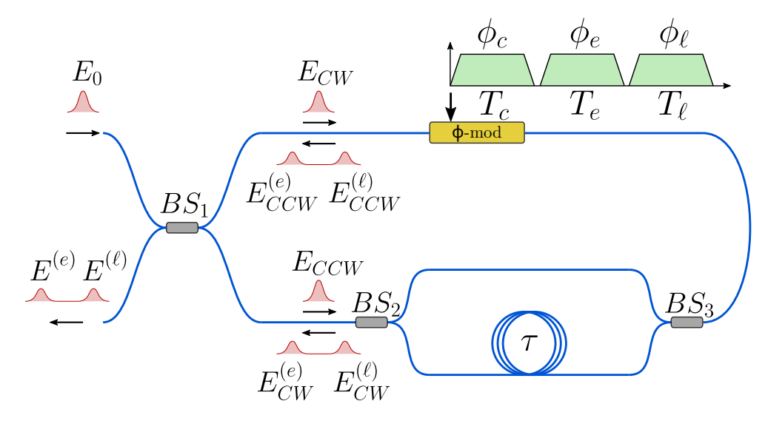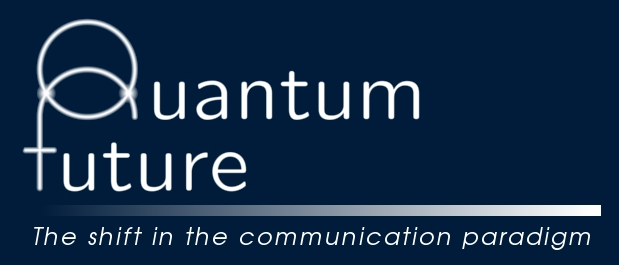Low-error encoder for time-bin and decoy states for quantum key distribution

Time-bin encoding has been widely used for implementing quantum key distribution (QKD) on optical fiber channels due to its robustness with respect to drifts introduced by the optical fiber. However, due to the use of interferometric structures, achieving stable and low intrinsic Quantum Bit Error rate (QBER) in time-bin systems can be challenging. A key device for decoy-state prepare & measure QKD is represented by the state encoder, that must generate low-error and stable states with different values of mean photon number. Here we propose the MacZac (Mach-Zehder-Sagnac), a time-bin encoder with ultra-low intrinsic QBER (<2e-5) and high stability. The device is based on nested Sagnac and Mach-Zehnder interferometers and uses a single phase modulator for both decoy and state preparation, greatly simplifying the optical setup. The encoder does not require any active compensation or feedback system, and it can be scaled for the generation of states with arbitrary dimension. We experimentally realized and tested the device performances as a stand-alone component and in a complete QKD experiments. Thanks to the capacity to combine extremely low QBER, high stability and experimental simplicity, the proposed device can be used as a key building block for future high-performance, low-cost QKD systems.

